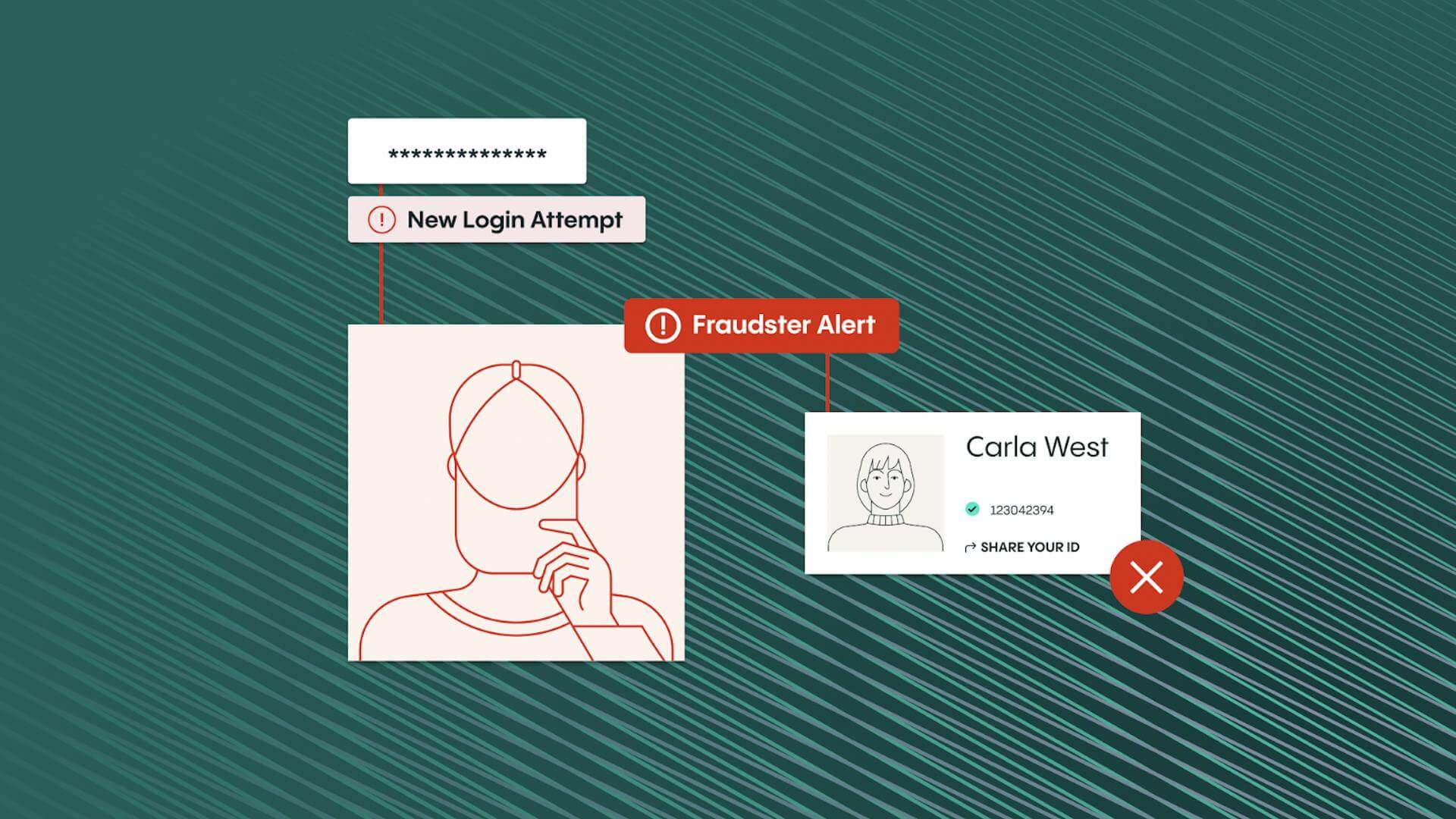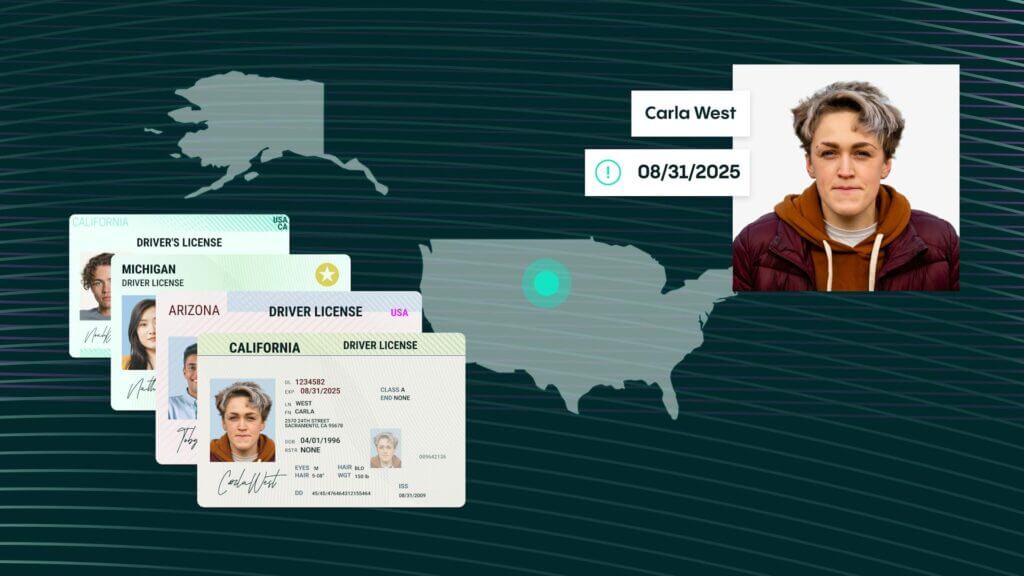Blog Post
Why it’s time for booming marketplaces to double down on user trust in 2023
Fraudsters leveraging increasingly complex scams must not be allowed to overshadow the success of innovative marketplaces.

When Craigslist launched in 1995 it singlehandedly revolutionized classified advertising and gave birth to an exciting new ecommerce channel – the online marketplace. Customers using the prototype marketplace, and others like it, experienced hardly any barriers to entry at all. They simply entered their details into a webform, uploaded photos of their item and published their ad to the website’s multitude of devotees. The relationship seemed almost utopian.
Fast-forward nearly three decades and ecommerce marketplaces, now the world’s fastest-growing sales channel, may have innovated and evolved beyond recognition but they still have some important lessons to learn from those early days.
The most important lesson is that trust is the bedrock of the marketplace sales model. While modern marketplaces attempt to be as transparent as possible, the users of early marketplaces were completely anonymous and unverified – both buyers and sellers had little or no idea who they were dealing with. This meant that criminal activity could flourish unchecked, customer trust was fatally undermined, and other more security-conscious marketplaces stepped in to win the overwhelming majority of market share.
Determined fraudsters with increasingly complex scams
But, just as marketplaces got smarter during the past 30 years, scammers are developing increasingly sophisticated ways to defraud marketplace buyers and sellers, once again undermining customer trust.
Despite their best efforts, marketplaces that rely on conventional login credentials and two-factor authentication are increasingly falling victim to identity fraud, made possible by an increasingly complex portfolio of phishing scams. This is enabling criminals to engage in wide range of threats including account takeover, advance payment scams, overpayment fraud, chargeback, and Google Voice scams.
The full extent of the security challenge facing marketplaces is revealed in the Veriff Identity Fraud Report 2023, which shows a 17.9% uptick in fraudulent online activity during the past year. This equates to nearly one-in-ten verification requests seen by Veriff now being fraudulent. The report reveals that document fraud has increased 79% in the last year, with criminals increasingly using fake documents to overcome marketplace identity verification processes.
The industrialization of marketplace identity fraud
All the signs suggest that marketplaces are bearing the brunt of sophisticated and determined organized crime gangs triggering a 47% spike in so-called recurring and pattern fraud.
This is where determined hackers, often working in organized gangs, take a systematic approach to fraud. They mass produce fake identities so they can attack marketplaces at scale – testing defences, identifying security vulnerabilities, and exploiting them time and time again.
High levels of fraud are not an inevitable feature of the marketplace model, however, even if marketplaces are now routinely factoring-in the cost of scams such as chargeback into their annual budgets. Marketplaces can take proactive steps to combat fraud at its source, by going back to basics and reimagining how they verify user identity.
Fast decisions
A 98% check automation rate gets customers through in about 6 seconds.
Simple experience
Real-time end user feedback and fewer steps gets 95% of users through on the first try.
Document coverage
An unmatched 12K+, and growing, government-issued IDs are covered.
More conversions
Up to 30% more customer conversions with superior accuracy and user experience.
Better fraud detection
Veriff’s data-driven fraud detection is consistent, auditable, and reliably detects fraudulent forms of identification.
Scalability embedded
Veriff’s POA can grow with your company’s needs and keep up with times of increased user demand.
Why identity verification technology is the solution
Forward-thinking marketplaces are now raising the bar by using identity verification (IDV) technology to address the problem of fraud. This far more secure approach involves the customer taking photos of government-issued identity documents (i.e., driver’s license and passport) and then taking a selfie of themselves in real time. Market-leading IDV solutions can complete this verification process in just six seconds.
IDV is not only secure, fast, and friction-free, marketplace users are also spared the fuss and frustration of being locked out of their accounts when they forget the answers to security questions such as favorite food, pet name or mother’s maiden name.
Veriff’s IDV solution goes even further, seeking explicit permission to record customers using their device’s camera during the verification process. This makes it even more difficult for criminals to provide fraudulent document data or fake live verification.
Marketplaces have evolved almost beyond recognition in the past three decades, with the sales channel continuing to grow and innovate at speed. However, the need to fight fraud and maintain trust is more important than ever. In this environment IDV technology is proving to be truly transformative.

Get more details
Discover more about how IDV is powering business growth and customer acquisition.














